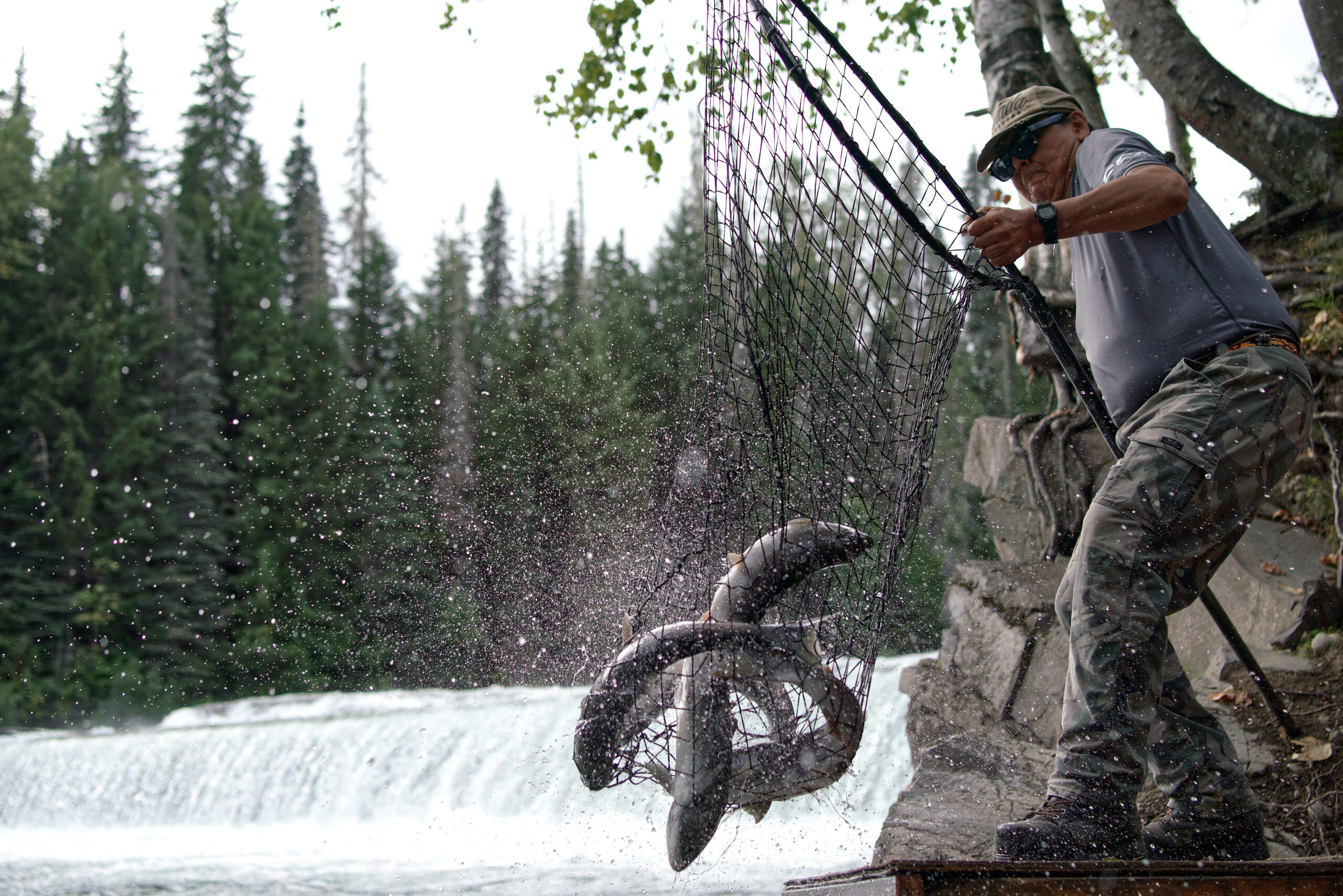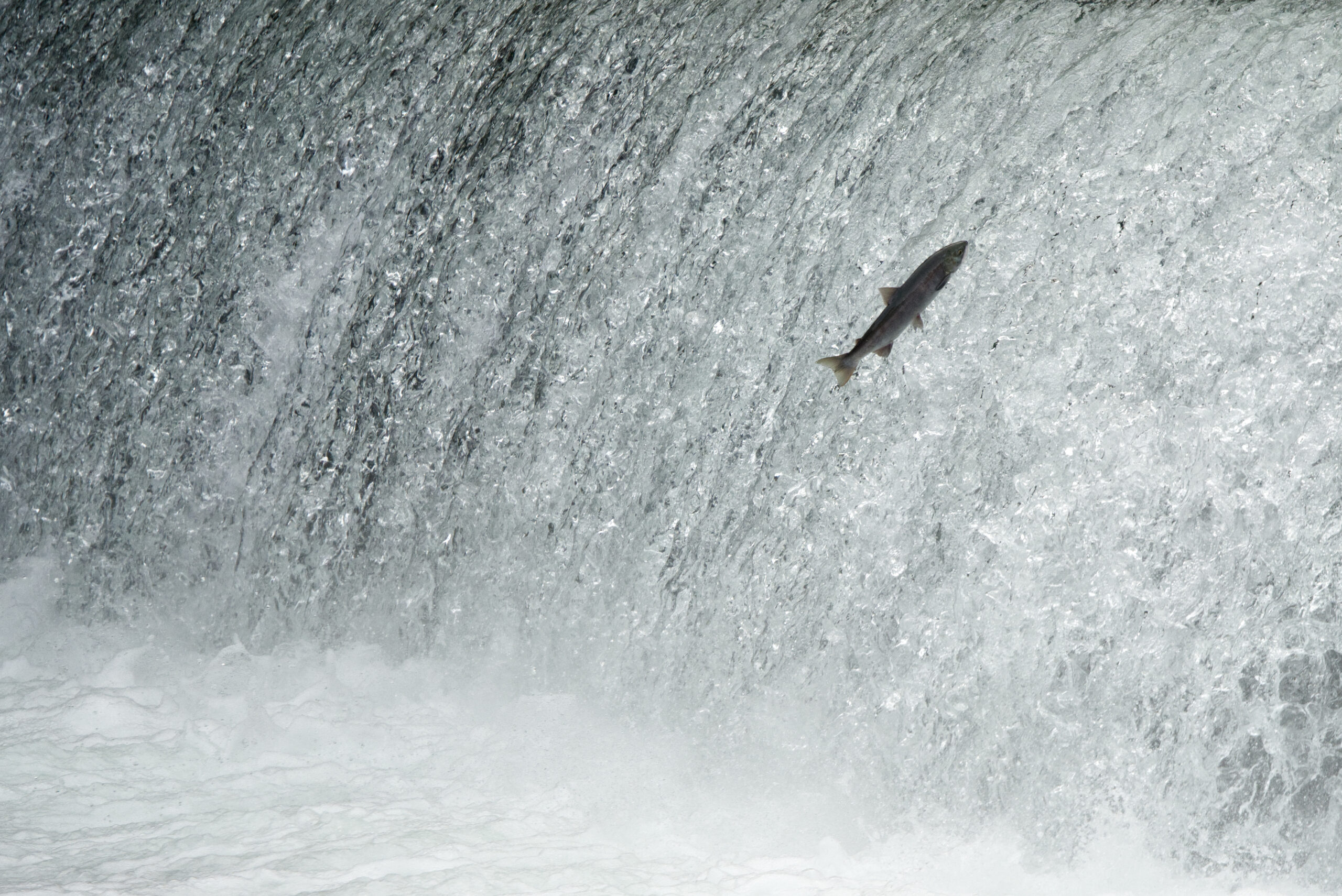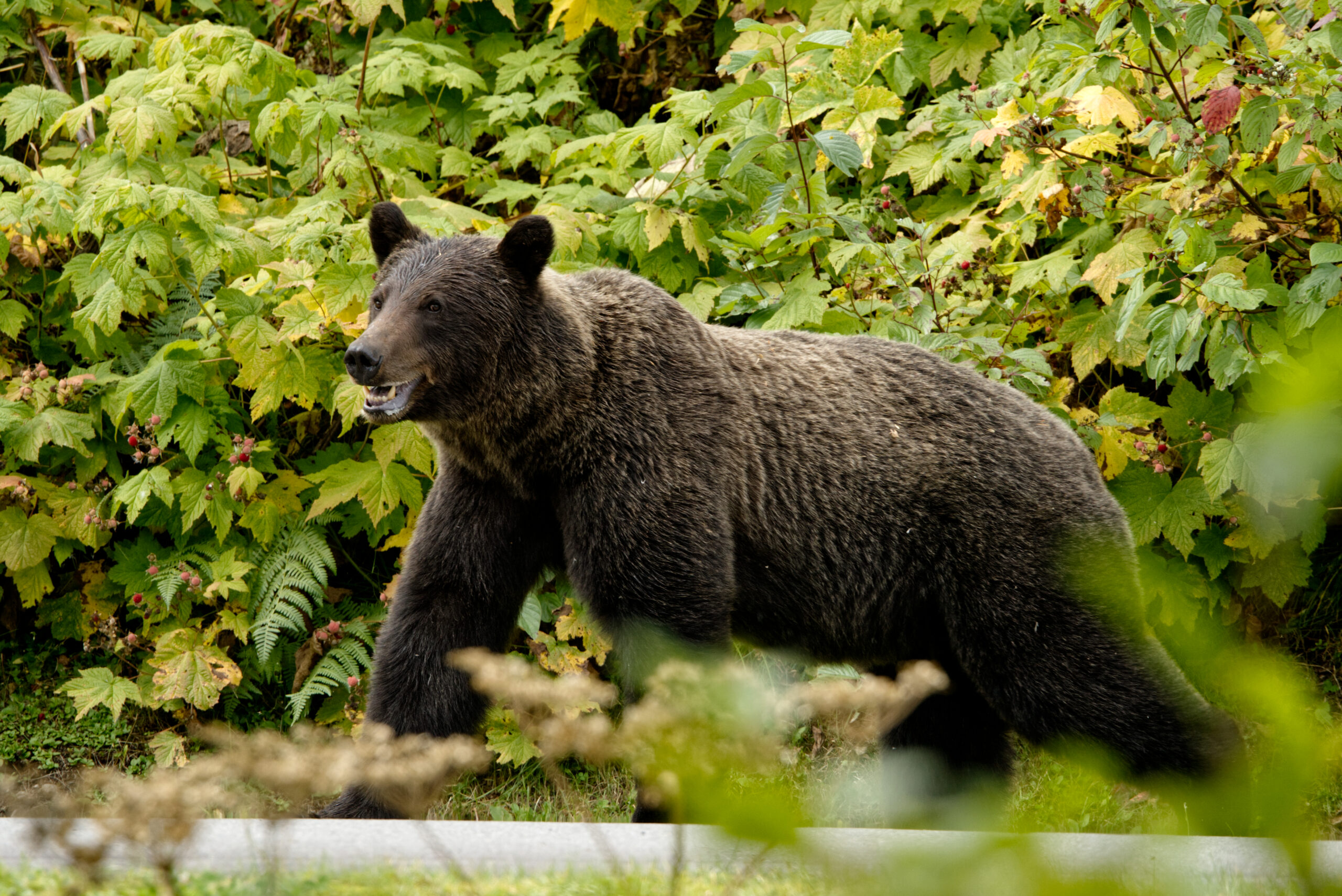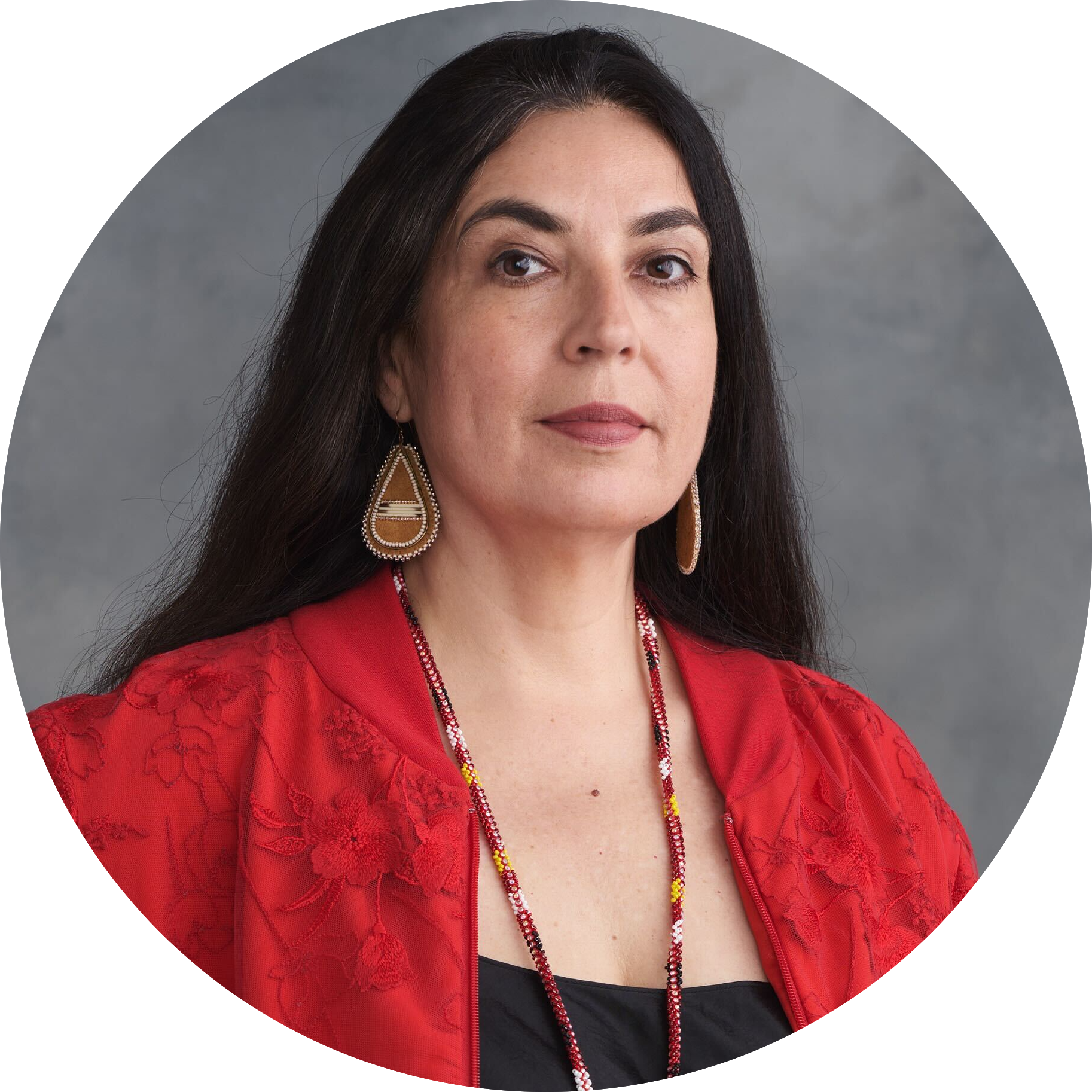
B.C. failing to protect 81% of critical habitat for at-risk species: government docs
B.C. allows industrial logging in critical habitat for at-risk species — part of the reason...
In early August, at a feast hall near the confluence of the Skeena and Bulkley Rivers in northwest B.C., Wilps Gwininitxw, a Gitxsan Nation house group, declared the entirety of its 1,700 square kilometre laxyip (territory) protected.
The Gwininitxw Indigenous Protected Area, which is in the upper Skeena River watershed, is relatively undisturbed by industrial influence and vital habitat for the likes of mountain goats, wolverines, grizzlies and wild salmon.
“As Gitxsan we are inseparable from our land,” Simogyet Gwininitxw Yvonne Lattie, house chief, said in a press release. “This is the source of our strength, and our vision is of a continuing and renewed relationship between our people and our lands, intact and whole.”
While intact now, the newly protected area isn’t without threats.
Wilps Gwininitxw is just upstream from the proposed routes of Enbridge’s Westcoast Connector Gas Transmission pipeline and TC Energy’s Prince Rupert Gas Transmission pipeline. Both projects were first proposed in 2012 and approved in 2014 by former B.C. premier Christy Clark’s Liberal government, on the same timeline as the contentious Coastal GasLink pipeline.
Like Coastal GasLink, which is also owned by TC Energy, both projects would move fracked gas from B.C.’s northeast to liquefaction and export facilities on the Pacific coast. Ultimately, the fossil fuels extracted from and transported across B.C. would be shipped to buyers in Asia and burned to produce energy. While both projects received approval through B.C.’s environmental assessment process, neither has started construction.
The pair of pipelines would “directly affect Wilps Gwininitxw by crossing our salmon-bearing rivers and streams,” the press release noted. “In the absence of meaningful provincial or federal government action to protect the Skeena watershed from industrial development, Wilps Gwininitxw is unilaterally declaring their territories protected.”
By establishing Gwininitxw Indigenous Protected Area, the house group is asserting its sovereignty and jurisdiction. In 1997, the Supreme Court of Canada famously ruled the Gitxsan and neighbouring Wet’suwet’en nations had never ceded that authority over the combined 55,000 square kilometres of territories. While it isn’t immediately clear what impact the protected area will have on the proposed projects or other industrial development, Indigenous Protected Areas and related Indigenous guardian programs received $340 million in federal support last year and are cited as an important part of Canada’s commitment to conserve 30 per cent of the country’s lands and waters by 2030.
Decisions about the area will be guided by gwalx yee’insxw, the Gitxsan principle of passing down an intact ecosystem to future generations.
“All activities on Wilps Gwininitxw territories must prioritize food and cultural security, the transference of knowledge based on the land to Indigenous youth and future generations, and must ensure the conservation of land, air, water, animals, fish and ecosystem functioning in the upper Skeena watershed in perpetuity,” Simogyet Gwininitxw said at a feast to celebrate the declaration.
Protecting lands and waters through the declaration of Indigenous Protected and Conserved Areas is increasing.
Last year, Gitanyow Hereditary Chiefs gathered on the banks of T’aam Mats’iiaadin (Meziadin River) to unilaterally declare 54,000 hectares protected as the Wilp Wii Litsxw Meziadin Indigenous Protected Area, after trying for years to work with the province to address threats to declining salmon populations. In late April, sməlqmíx leaders announced protection of the nʔaysnúlaʔxʷ snxaʔcnitkʷ (Ashnola Watershed) and on National Indigenous Peoples Day in June, the Kitasoo Xai’xais Nation established a 33.5 square kilometre marine protected area in an attempt to stem the tide of declining marine biodiversity.



The Ministry of Land, Water and Resource Stewardship — B.C.’s newest ministry — told The Narwhal in an emailed statement the province “respects and acknowledges the efforts of First Nations to protect ecosystems within their territories and care for the water, land, wildlife, and other natural resources that their communities have relied on for millennia.”
“Meaningful reconciliation includes respecting and engaging with First Nations on stewardship objectives in their territories, including the declaration of Indigenous Protected and Conserved Areas,” the statement noted. “IPCAs are sometimes developed collaboratively with other orders of government and stakeholders, and at other times independently by First Nations. However, our preferred approach for creating IPCAs is through the land use planning process, as this ensures that economic, environmental, social, and cultural objectives are met and that robust consultations with Indigenous peoples, stakeholders and the public are included.”
In a previous interview Minister Josie Osborne told The Narwhal she is committed to working with nations across the province on Indigenous-led conservation initiatives.
“The current concept of Indigenous Protected and Conserved Areas and what that means for First Nations, and for British Columbians, is something I think we’re all coming to understand more and getting a greater awareness of the opportunities there,” she said at the time.
“I think the opportunity that IPCAs bring us is sort of redefining that relationship between what a protected and conserved area is and how we can still allow for human use and human relationships to the landscape and to the resources that that landscape provides.”
Kris Statnyk, a lawyer and member of the Vuntut Gwitchin First Nation who lives on Gitxsan territory, was at the feast to witness the declaration.
“I think Indigenous people are just getting tired of waiting for [government action] and we really can’t wait much longer when we look at the changes that are happening on all of our territories and the state of the world that our children are inheriting right now,” he told The Narwhal in an interview.
He said non-Indigenous conservation often perpetuates colonialism by placing restrictions and restraints on how Indigenous people use the land and resources such as fish and wildlife and noted how protecting one area under federal or provincial laws can lead to “opening up the remainder of areas for continued extraction.”
He said the new protected area is a good example of what Indigenous sovereignty looks like.
“Indigenous people don’t need the Crown authority to do this. What Gwininitxw did was based on laws that are way older than Canada.”
“It’s a good reckoning in the sense that Indigenous people seem to be awakening and rising and doing it in a way that’s honouring their own laws and their own knowledge about what’s happening.”
“Wilps Gwininitxw protected territories will ensure the current and future health of our land, culture and people,” Simogyet Gwininitxw said at the feast. “The protected territories will foster healthy relationships to the land and will enable emotional and spiritual healing of our people from the enduring trauma from colonial practices such as residential schools, land and resource development and climate change.”
Get the inside scoop on The Narwhal’s environment and climate reporting by signing up for our free newsletter. Angello Johnson’s shoulders burn, and his arms...
Continue reading
B.C. allows industrial logging in critical habitat for at-risk species — part of the reason...

Lake sturgeon have long been culturally significant and nutritionally important to First Nations in Ontario,...

Mark Carney and the Liberals have won the 2025 election. Here’s what that means for...

